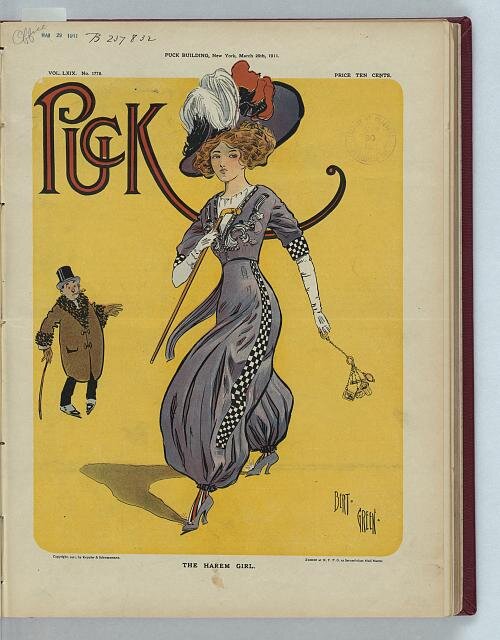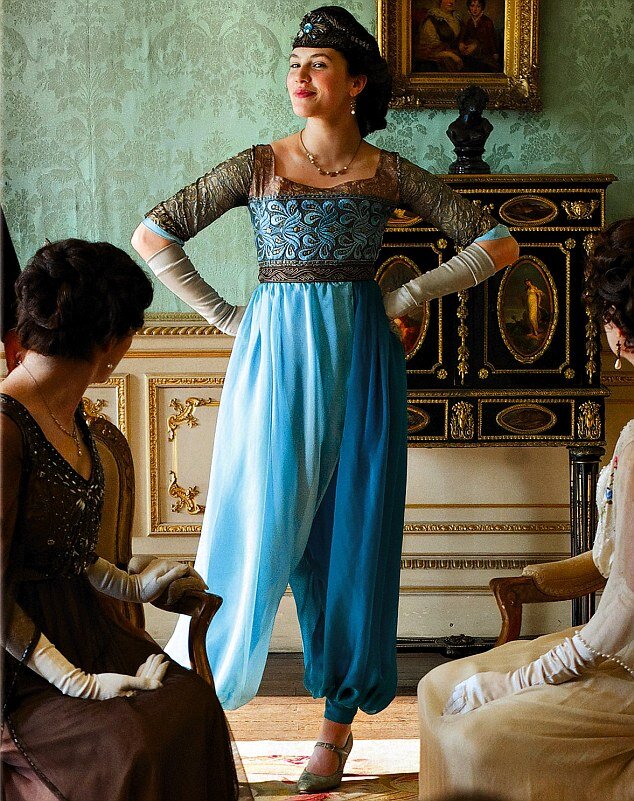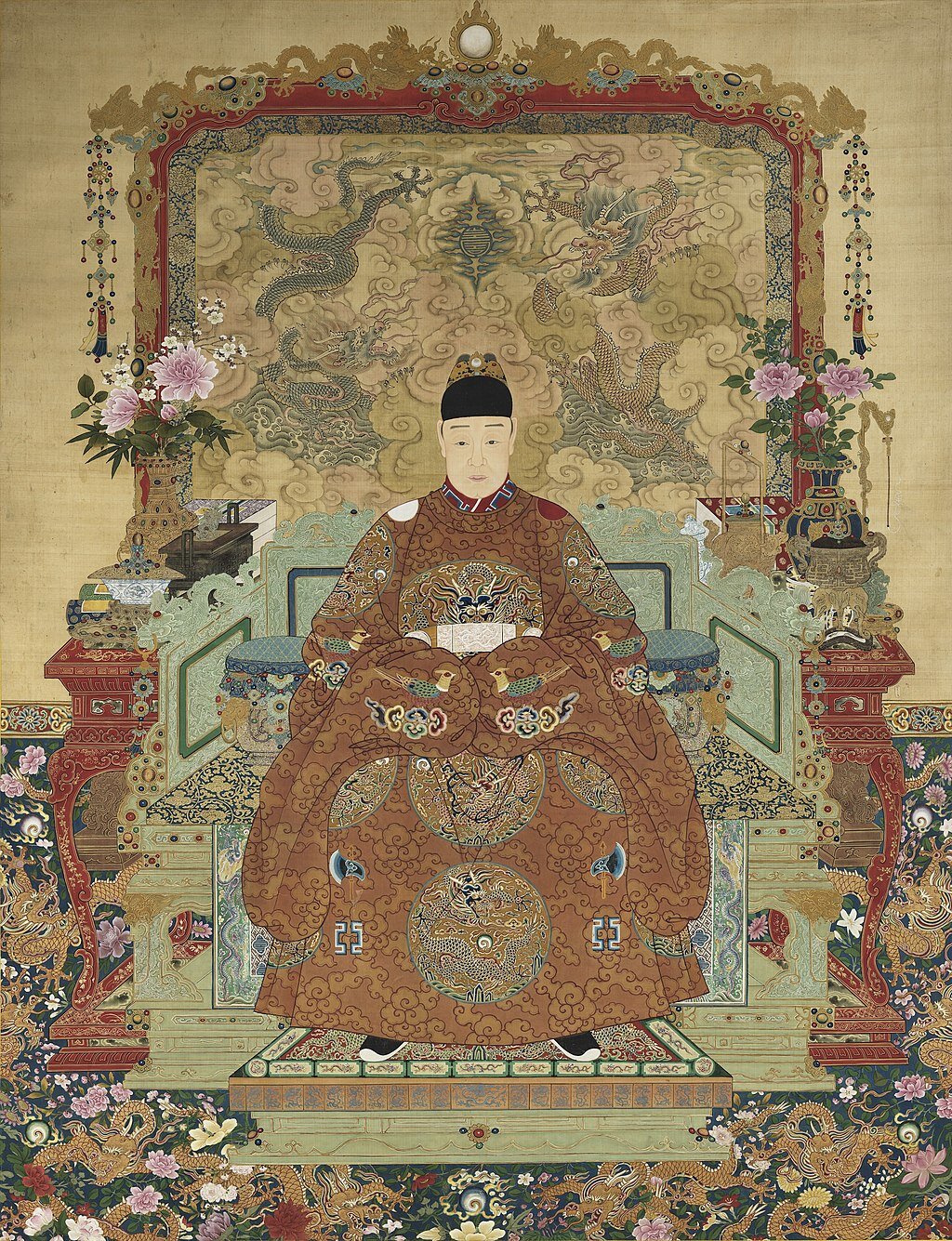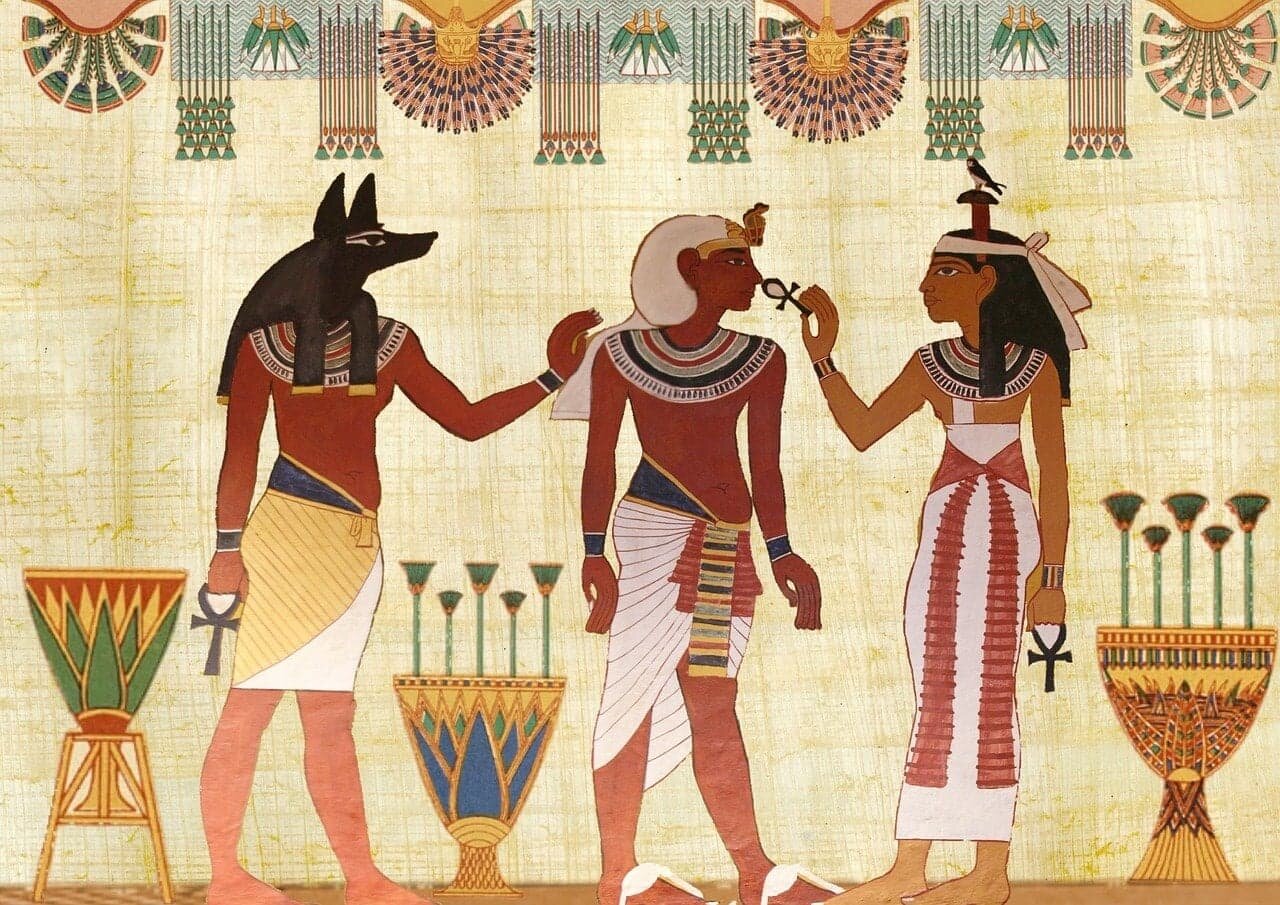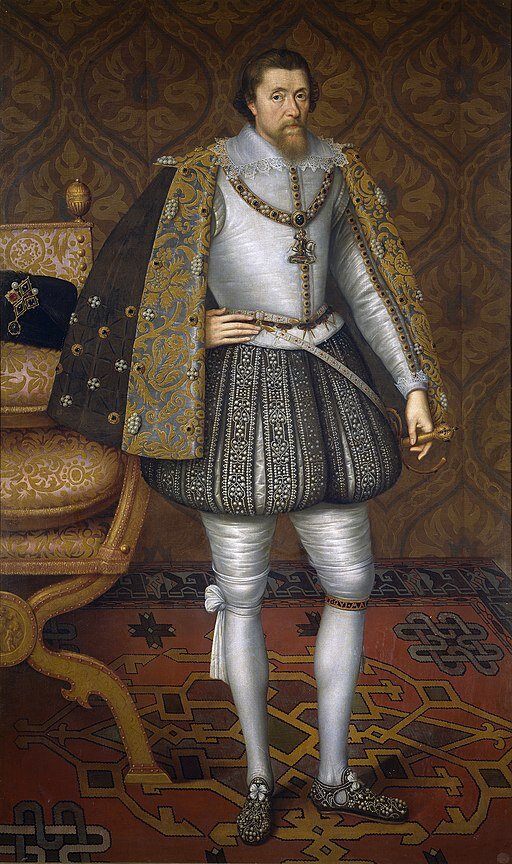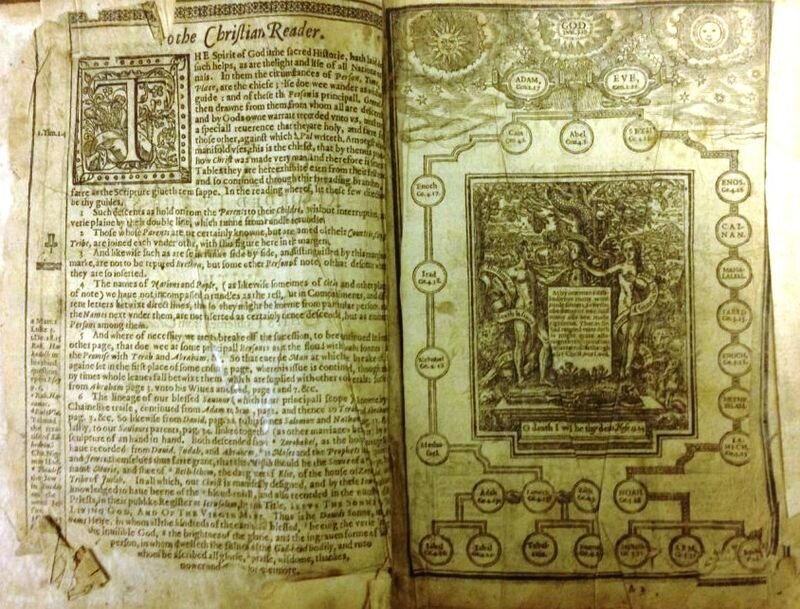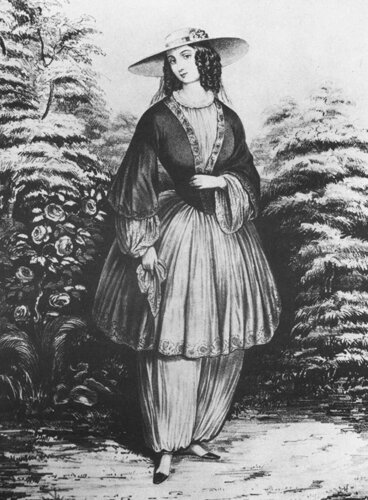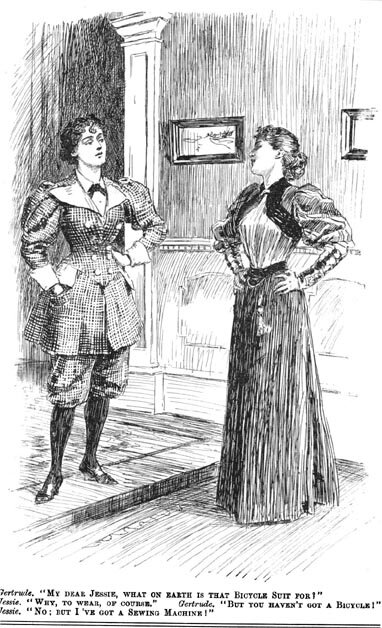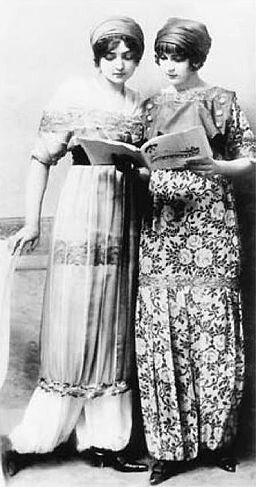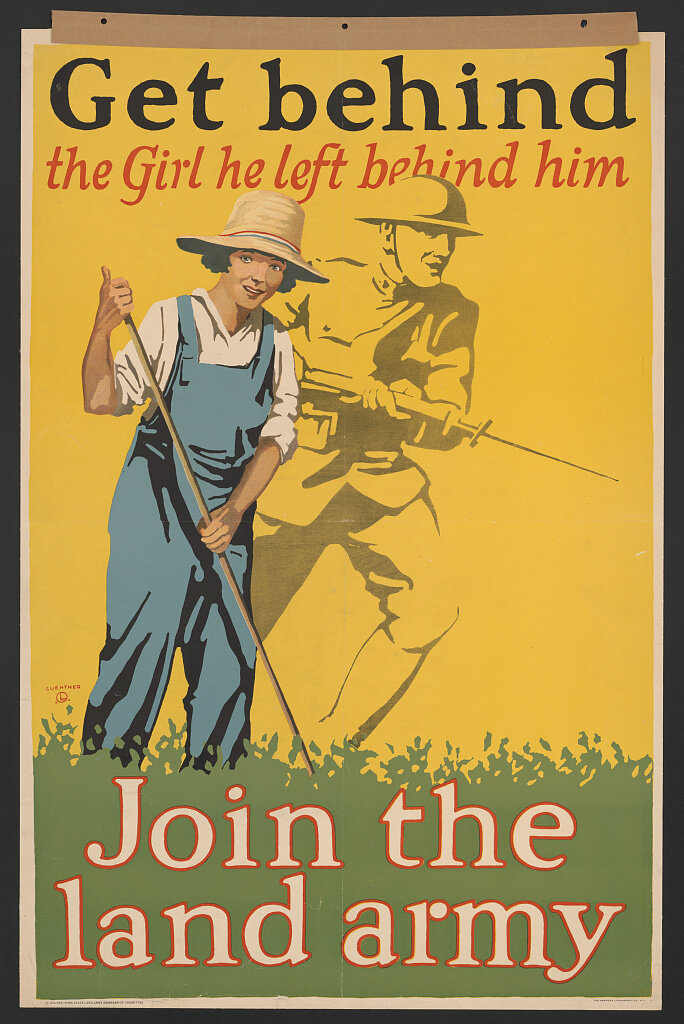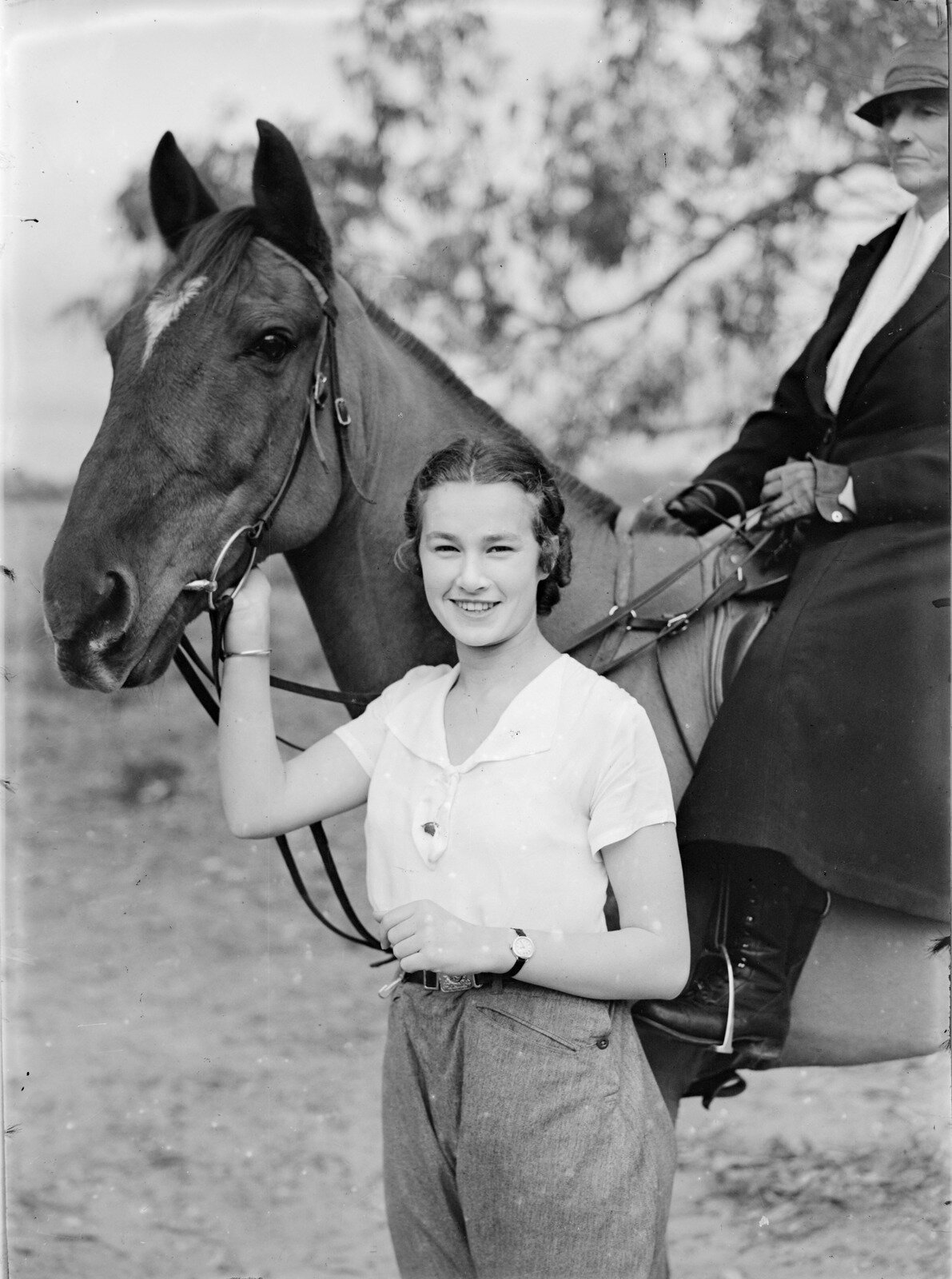Women in Pants
Women wearing trousers is a normal occurrence these days, but it was not always the case. I cast my mind to an episode of Downton Abbey where the youngest sister Sybil, was having her “coming out” party, and with much suspense she presented her outfit to her family. There were gasps and protests as she proudly showed off her legs by wearing….wait for it…trousers! Well, more like harem style pants, in a loose floaty material. This was around 1913, a protest before some women eventually got the vote in 1917 (but only of a certain age and meeting certain criteria, it was not until 1928 that every women over 21 in the UK got the vote).
I’m going to touch on the history of women in pants…let’s just call them pants for the rest of this article (I live in Australia, and that’s the term they use). I want to show you that skirts were not always made for women…
Back in ancient times everyone wore skirts/dresses - The Egyptian Kings and Queens wore colourful embroidered linen, as well as adding beading to their clothes - nets of beads were sometimes worn over their long dresses/skirts. For the regular and poorer people, tunics, aprons and dresses would be worn for both sexes.
The Chinese emperor wore a long dress made of luxurious silks, while the normal citizens mostly wore loose-fitted robes and tunics.
Similarly, for the Incas in south America, both sexes wore the same articles of clothing - tunics but with a poncho over them for warmth.
In ancient Greece, both sexes wore a draped style dress form pinned at the shoulder, this would differ only with the men’s being shorter in length to the women’s.
The Old Testament of the Bible had made rules for women and men to be separate, extracts can be found that women could not go to battle (as they once had done along with men) and could not wear clothing for battle, the same for men that they could not wear women’s clothing and escape battle. Then later, King James’s translation of the old testament brought to attention that men and women’s dress must be different…according to this religion.
“The woman shall not wear that which pertaineth unto a man, neither shall a man put on a woman's garment: for all that do so are abomination unto the LORD thy God.” King James Version (KJV)
More translations were made later, breaking down any uncertainty about dress. It became clear, women and men’s fashion must be different, so from then on changes were made in the western world. Women remained wearing dresses and men wore trousers. It can make sense however, if men were going to battle - they would need to ride horses and have freedom to move their legs. Whereas a woman would remain at home, or in genteel society, making dresses a normal and necessary part of a woman’s life. Also as there was no contraception, and women would be pregnant often - wearing a skirt was much easier when the waistline increased!
Dresses continued to be worn by women for centuries, variations of fashion trends made dresses too cumbersome at times and hugely impractical to do any tasks apart from strolling and sitting down - and even that simple task could be difficult when corsets were tight and skirts were made up of crinolines and many layers of petitcoats!
Victorian dress reform
This movement started in the middle Victorian period, comprising of various reformers who designed, and wore clothing considered practical and comfortable than the other fashions of the time.
Dress reformists were mostly middle class women in the Western World, and keen to adopt garments for athletic activities such as bicycling or swimming. The most famous item of the dress reform era is the bloomers suit. By 1850, Amelia Bloomer, a women’s rights activist (and first woman to own a magazine) promoted the “bloomer” pant. But the fashion didn’t last, especially when the more conservative of society protested that women had “lost the mystery and attractiveness as they discarded their flowing robes.”
In 1911, the French designer Paul Poiret introduced harem pants as part of his efforts to ‘liberate’ Western female fashion. As well at this time, Coco Chanel, (who often dressed in her boyfriend’s suits) designed pants for women to wear for country pursuits.
When the First World War came, working women were needed to help out in factories and other industries…leading to more women in pants. But strangely this article of clothing was still not worn often - even in the 1930s women could wear loose pants on the beach or at home but still it was generally forbidden in public. And as World War II arose, and women were asked back into help with the war effort, those pants came back out once again, breaking the mold finally for the decades to come - women could wear pants. Not bad eh - it only took centuries!
Until next time
L x

